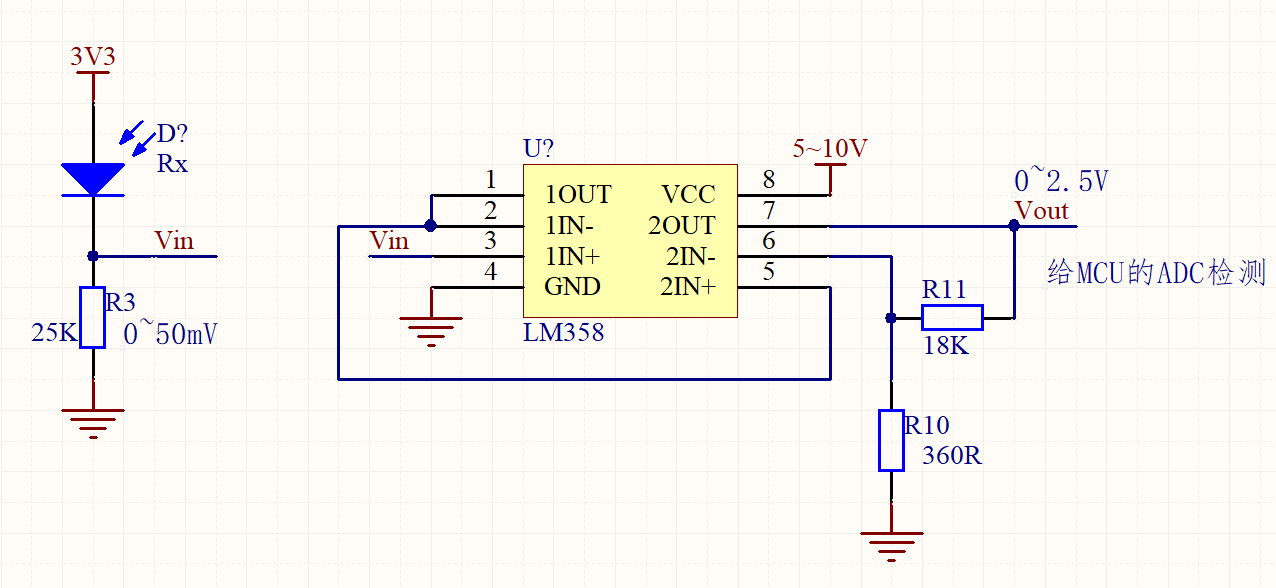Other Parts Discussed in Thread: TLV9002
Hi, all
I want to use LM358 to amplifier the input voltage signal: 0-50 mV. And I choose the LM358 for its low cost. Here is my question:
- Signal frequency is 10 Hz. If my requirement of voltage solution is 1%, does this amplifier satisfy this requirement? Or what specs should we consider when consider this amplifier is suitable of not.
- If we use LM358, should we consider a high accuracy requirement for resistance.
- Is there need to calibrate the system when the product is put into market.


